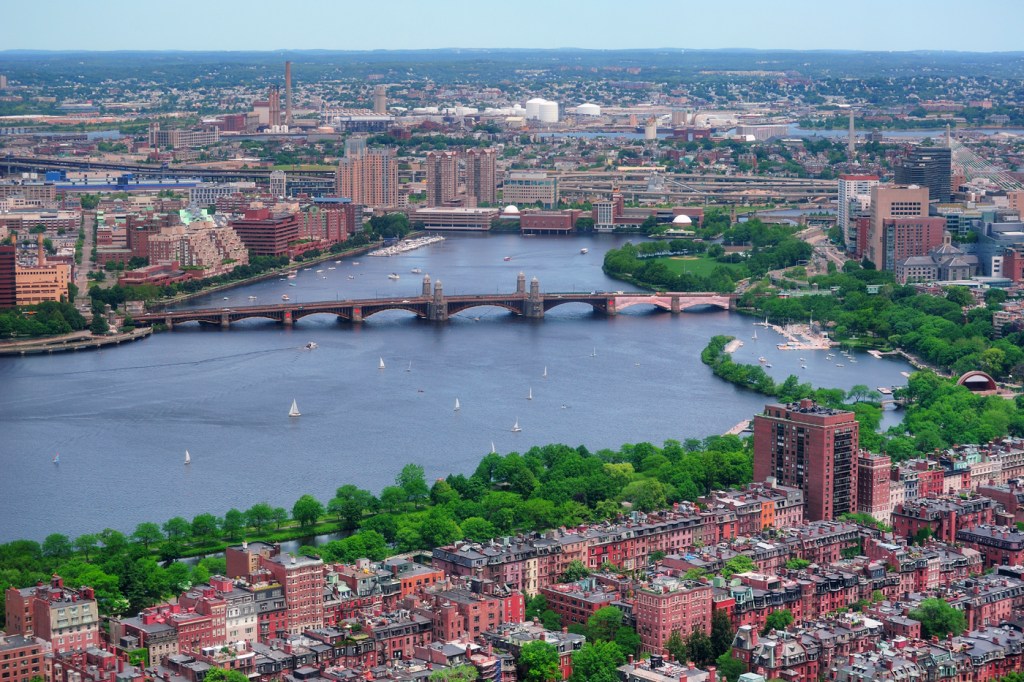3Qs: Why you should not love that dirty water

Recent tests indicated that the Charles River contains high levels of blue-green algae, prompting health officials to advise people to exercise caution and refrain from coming in contact with the water.
The blooms—which are common in the summer and recently forced Boston’s Jamaica Pond to close—are caused by cyanobacteria, also know as blue-green algae. While exposure to this particular type of the bacteria can cause mild symptoms ranging from skin irritation to vomiting, officials have noted that it does not appear to be toxic.
 Here, Ferdi Hellweger, a water quality expert and an associate professor of civil and environmental engineering at Northeastern University, explains how this setback could impact the efforts to make the Charles River swimmable.
Here, Ferdi Hellweger, a water quality expert and an associate professor of civil and environmental engineering at Northeastern University, explains how this setback could impact the efforts to make the Charles River swimmable.
What difficulties does this cyanobacteria bloom present?
The latest cyanobacteria bloom in the Charles River is a real setback for the river’s recovery. Just last month I participated in the annual public swim event organized by the Charles River Conservancy, and now the cyanobacteria is back. These blooms are threatening our vision of a swimmable Charles and are impacting other recreational activities around the river, including dog walking. The Charles River is not alone in this regard. Increased occurrences of harmful algal blooms are a worldwide trend. Last summer, Toledo, Ohio, made national news when its drinking water plant had to shut down due to a massive bloom in Lake Erie.
What causes cyanobacteria bloom?
Curtailing this type of outbreak is difficult because we don’t yet have a good understanding of what makes cyanobacteria bloom. People are quick to point to increased phosphorus input as a culprit—and while it’s true that cyanobacteria need phosphorus to grow, and that controlling phosphorus input is a good practice in general, it’s unfortunately not that simple.
In the 1990s, the Massachusetts Water Resources Authority spent about a half billion dollars reducing combined sewer inputs into the Charles, which was very successful in eliminating pathogen input. Indeed, without this effort we wouldn’t even think about swimming in the river. Now, however, it seems that the frequency of cyanobacteria blooms is higher. Many billions of dollars were spent on reducing phosphorus inputs to Lake Erie, yet now cyanobacteria is worse there than ever before. The truth is that besides phosphorus input there are numerous other interacting factors that control the ecology of these bacteria, including temperature, flow rate, and other nutrients.
What needs to be done to prevent this from happening again?
Many environmental problems are not scientific, but rather economic or social in nature. For example, economic and social reasons are why safe drinking water is in short supply in the developing world. For cyanobacteria, however, the problem is scientific—we simply don’t know what makes them bloom. This highlights the need for more basic research into the ecology of cyanobacteria and a cautious approach when considering massive and costly management actions.





